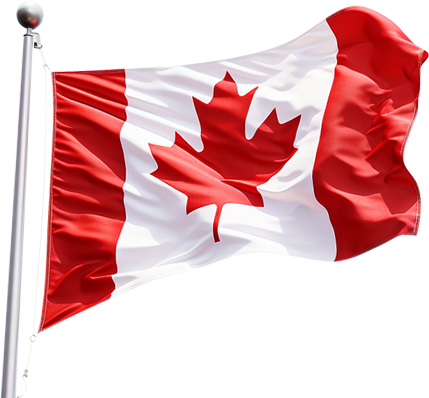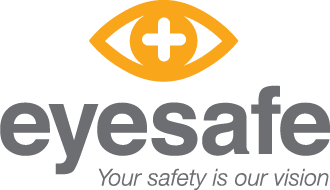
Eyes on the Job: Staying “Eye-Safe” in the Forestry Industry
July 23, 2025Chad’s Story
Chad was felling a small spruce tree on a warm spring morning. It was routine work, but the wind picked up just as he made the final cut. A burst of sharp wood chips flew straight toward his face. His safety glasses had side shields, but no full seal. One chip slipped past the frame and embedded in his eye.
Chad was rushed to the nearest optometry clinic, and the optometrist was able to remove the foreign body from his eye. He fortunately made a full recovery, but not without pain, forced time off work, and a new appreciation for eye safety on the job.
Unique Hazards of the Forestry Industry
The forestry environment presents a mix of natural and mechanical hazards that make eye protection a must.
Workers are exposed to:
- Flying wood chips and sawdust
- Heavy equipment and hand tools that can throw debris
- Bright sunlight that reduces visibility and contributes to eye fatigue
- Dust, wind, and insects
- Fogging lenses in wet, humid, or variable temperatures
What Kind of Eye Protection is Best for Forestry?
Different tasks and environments will call for different protection.
However, all workers in the forestry industry should be aware of the safety standards associated with dust protection.
ANSI-rated eyewear includes markings such as “D4” or “D5 “. The number indicates the level of protection. D4 protects against general dust, such as sawdust and debris common in outdoor work. D5 offers a higher level of protection against fine dust particles from activities like sanding, grinding, and buffing.
Sealed eyewear is commonly used because D4 eyewear is difficult to find.
When selecting the right eyewear, it’s also important to pick the right features for the job.
- Full seal eyewear: Provide superior defence against dust and flying wood particles.
- Anti-fog protection: Lens coatings, wipes, or sprays provide better visibility in rainy and humid conditions.
- Sun protection: Tinted or polarized lenses help maintain visibility and comfort on bright days.
The Importance of Comfort and Fit
Many forestry workers report discomfort from safety eyewear. In particular, due to fogging or glare from sunlight. This discomfort can cause workers to remove or adjust their eyewear, exposing themselves to significant risk.
In addition to anti-fog and UV protection, simple best practices can help improve comfort and protection:
- Source quality safety eyewear that is fit to the wearer’s face.
- Store eyewear properly to avoid scratches and cracks that reduce visibility and effectiveness.
- Clean lenses with water and a cloth, not with your shirt, which can scratch the delicate surface.
- Inspect eyewear daily and replace it if you see signs of wear or cracking.
For individuals with a prescription, prescription safety eyewear offers the best solution for comfort, field of vision, and effectiveness. Eyesafe offers a cost-effective and compliant solution to finding prescription safety eyewear that meets safety standards and is comfortable for the wearer.
The Eyesafe™ Advantage
Chad was lucky, but not everyone is. The right safety eyewear, used consistently, can prevent injuries that cause permanent vision loss, time off work, or worse.
If you work in forestry, encourage your workers to check their gear. Look for sealed, D4-rated options with anti-fog and UV protection that are comfortable to wear all day, and ensure they always keep their eyewear clean and properly stored.
Eyesafe™ makes it easy for employers and workers in the forestry industry to access prescription safety eyewear that meets the demands of the job. With options designed for dust protection, anti-fog performance, and all-day comfort, Eyesafe helps ensure your team has the right protection—before an accident happens.
Vision is too important to risk. Contact us to learn more about Eyesafe’s employer-supported program and find a participating clinic near you.

